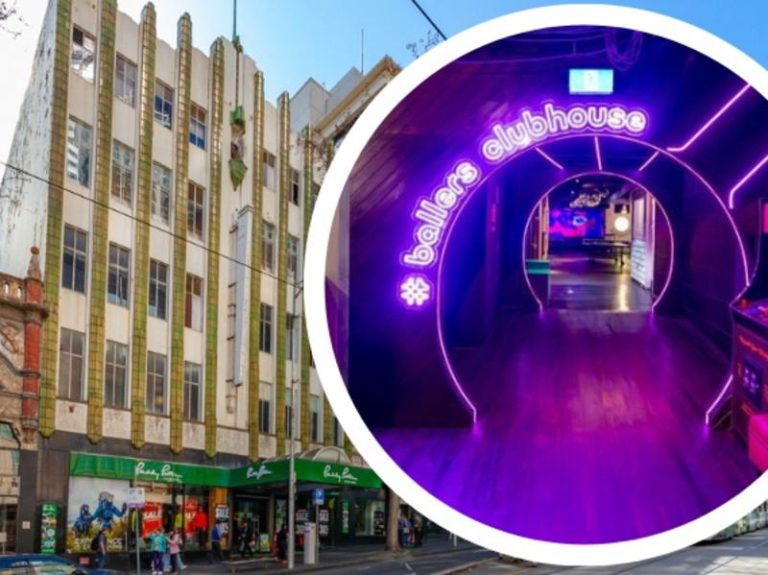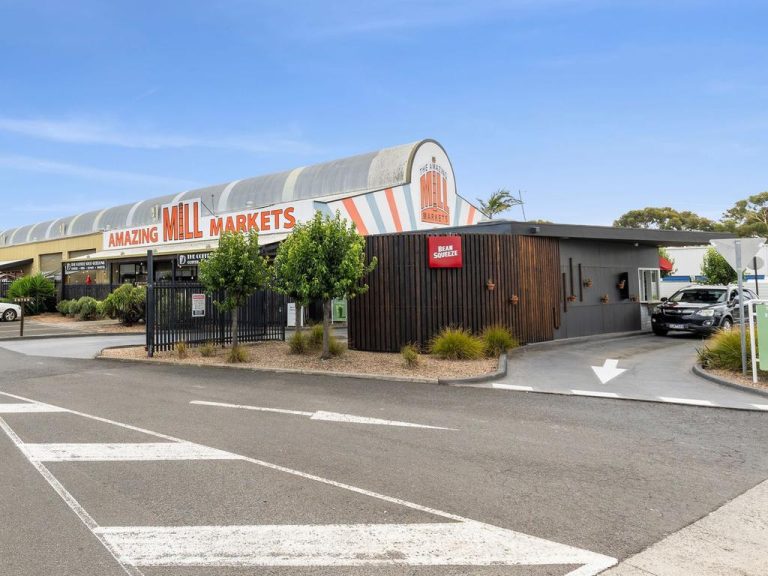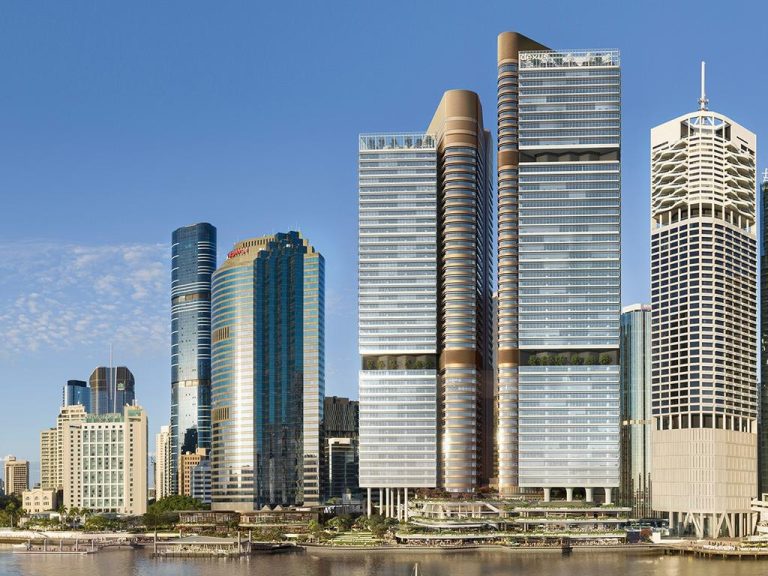How Chemist Warehouse came to dominate Australia’s retail landscape
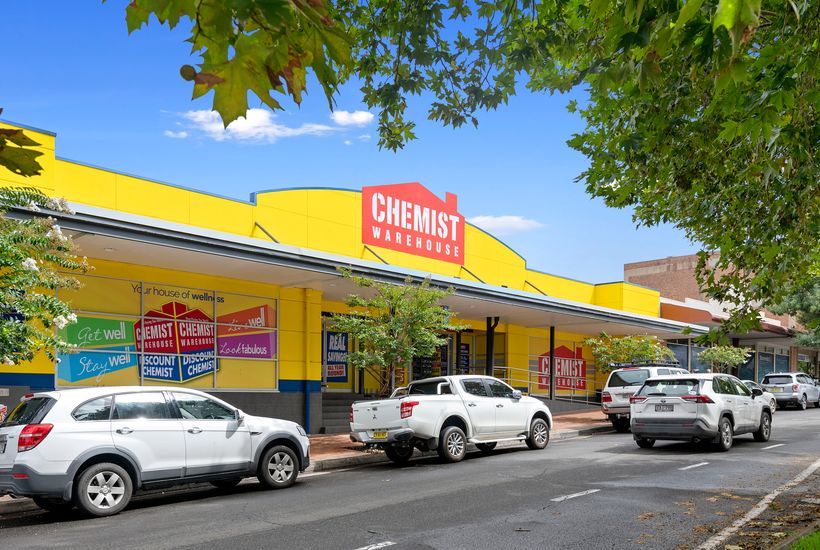
One of the biggest retail deals in Australian corporate history was finalised last week, with the $32 billion merger between Chemist Warehouse and Sigma Healthcare finally complete.
The historic merger saw Sigma – a publicly listed Australian company with wholesale, distribution, and retail pharmaceutical operations – acquire all of pharmacy retail chain Chemist Warehouse’s shares, in exchange for all of Sigma’s shares and $700 million.
The new group commenced trading on the ASX on February 13, with Chemist Warehouse shareholders now holding 85.75% of the merged company on the ASX and Sigma the remaining 14.25%.
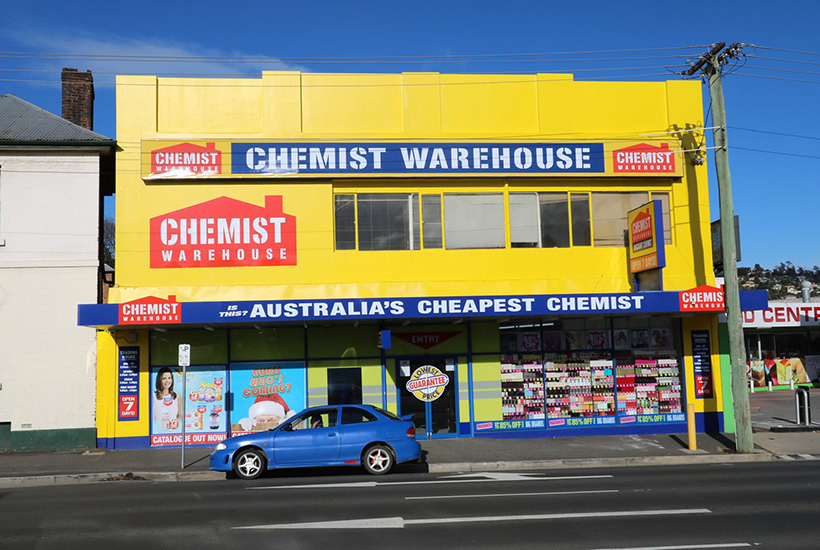
The new partnership forms an industry giant which now controls 16%, or 950, of the nation’s pharmacies. Picture: realcommercial.com.au
Co-founders of Chemist Warehouse Jack Gance, Damien Gance and Mario Verrocchi have been appointed as directors at Sigma Healthcare. Members of the trio are now worth at least $2.5 billion each, with Verrocchi’s fortune sitting around $4.4 billion.
Chemist Warehouse has nearly 600 outlets across the country, while Sigma supports and operates 340 pharmacies under its Amcal and Discount Drug Stores brands. Chemist Warehouse also operates the MyChemist, Ultra Beauty, My Beauty Spot and Optometrist Warehouse brands.
The new partnership forms an industry giant which now controls 16%, or 950, of the nation’s pharmacies.
“It’s obviously a significant deal generally, but also a major deal in the retail sector,” business advisory firm McGrathNicol partner, Jason Ireland, said.
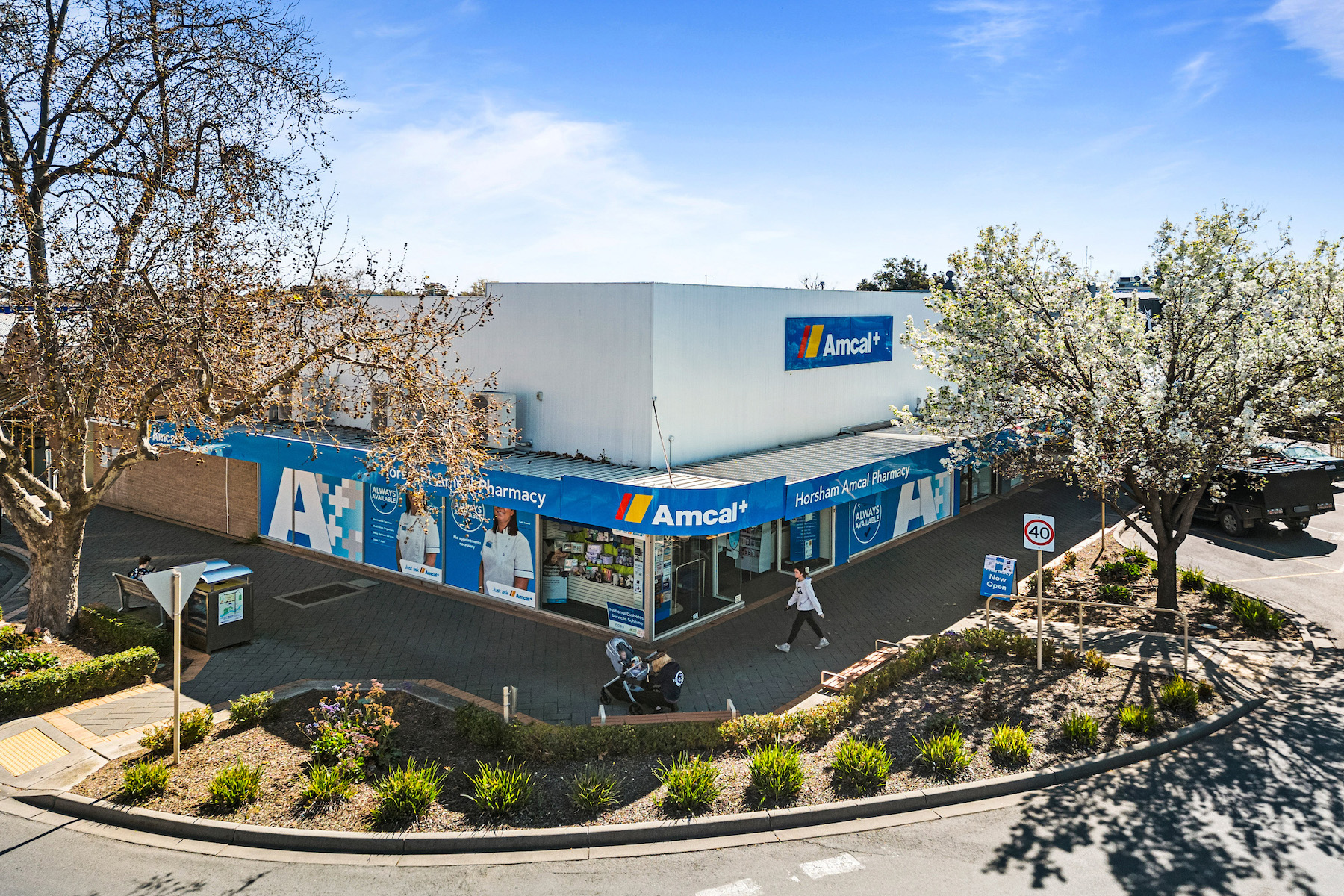
Sigma supports and operates 340 pharmacies under its Amcal and Discount Drug Stores brands. Picture: Getty
Mr Ireland noted how the merger follows a consolidation model similar to what has occurred in other sectors of the retail market, particularly in grocery and discount department stores.
“With over 1,000 retail stores and 16 distribution centres across Australia and New Zealand, Chemist Warehouse and Sigma will not only become the largest pharmacy group in the country, it will rank as one of Australia’s largest retail companies alongside Woolworths Group, with the ability to develop and sell its own brands both in-house and to other pharmacies,” he explained.
“It could completely reconfigure the pharmaceutical industry.”
What does the merger mean for the little guys?
Despite the Australian Competition and Consumer Commission’s decision to green light the deal, the unprecedented merger has sparked concerns about reduced competition from other industry players.
The Pharmacy Guild of Australia – an influential lobby group representing thousands of pharmacies – have been highly critical of the merger, arguing it will reduce wholesaling choices and lessen competition, leading to higher prices and lower service standards.
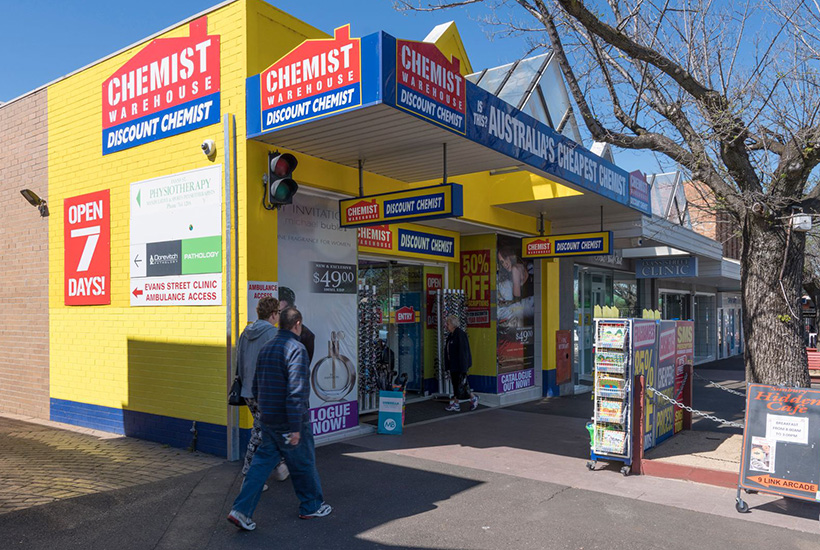
The Pharmacy Guild of Australia have been highly critical of the merger, arguing it will reduce wholesaling choices and lessen competition. Picture: realcommercial.com.au
“Such consolidation has led to non-competitive duopolies and an unequal distribution of healthcare services, ultimately reducing the presence of smaller, local businesses that are better positioned to offer personalised care to their communities, which the Guild believes is not in the best interests of patients,” the organisation declared in a recent statement.
Industry thought leader and general manager of JMK Retail, Vicki Leavy, echoes similar concerns.
“While the ACCC found the merger would not impact independents, the reality is that history shows large monolithic brands that compete on scale based efficiencies tend to push smaller boutique and independent operators out of business,” Ms Leavy said.
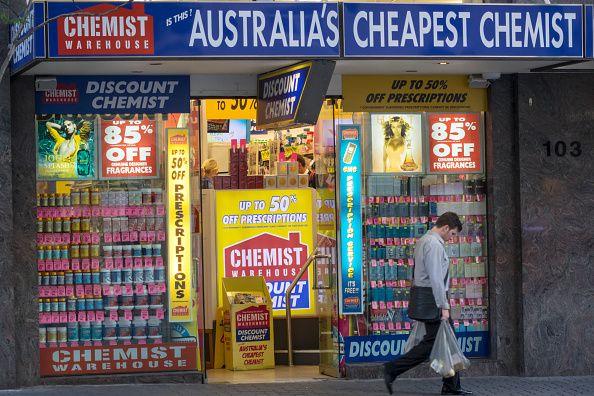
Experts say the merger could completely reconfigure the pharmaceutical industry. Picture: realcommercial.com.au
“Independent hardware stores used to be on many suburban street corners before Bunnings arrived. How many do you see now?”
Conversely, Jason Ireland believes there will always be demand for smaller, independent pharmacies to service local communities.
“We have seen this in other retail sectors like groceries, where communities want a choice between the large-scale operator and a more local one. I think the merger will push smaller retailers to find a point of differentiation, which may not necessarily be price,” Mr Ireland said.
“The ACCC has stated it will be closely monitoring the newly merged company to ensure that competition is not substantially lessened. It has also accepted a court-enforceable undertaking from Sigma to address competition concerns.”
How Chemist Warehouse came to dominate the retail landscape
Chemist Warehouse founders and brothers Jack and Sam Gance both studied pharmacy at the University of South Australia. The pair purchased their first Amcal pharmacy in the northern Mebourne suburb of Reservoir in 1972, followed by another one 300 metres away three years later.
Mario Verrocchi began as an intern in 1980 and gradually rose to lead the business in later years.
The brothers expanded to three locations before leaving the Amcal chain in 1997 to establish their own brand, My Chemist.
In 2000, Jack Gance and Verrocchi founded Chemist Warehouse, opening the first store in Melbourne.
Two decades later, the business has grown to 600 outlets Australia wide.
While the massive success of Chemist Warehouse is largely due to its huge volume of front-of-house sales, competitive prices and inexpensive store fit outs, its unique franchise model has also played a crucial role.
In short, a legal loophole has allowed the business to franchise to friends and relatives, thus sidestepping laws that limit how many pharmacies a person can own.
The company continues to use an array of arrangements to keep the empire operating. The two Gance brothers and other family members including Damien Gance and his wife, Verrocchi and his cousin, Danielle Di Pilla, are all key franchisees. Verrocchi’s two brothers are also pharmacists.
One could argue that prior to the Sigma merger, Chemist Warehouse had already reached a level of dominance within the pharmaceutical retail sector.
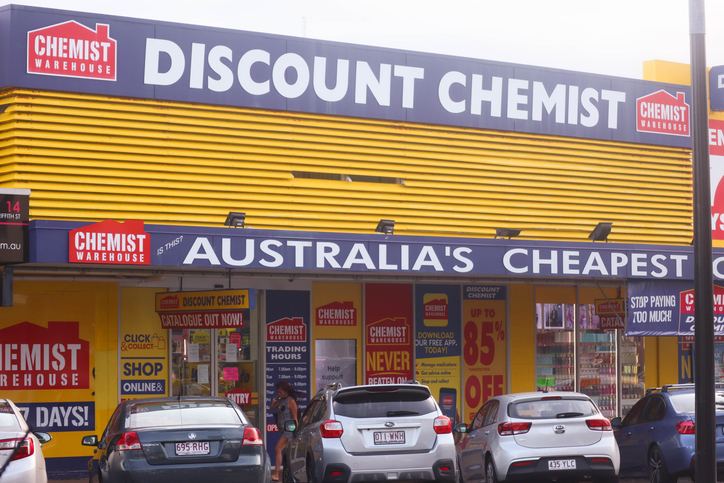
In 2000, Jack Gance and Verrocchi founded Chemist Warehouse, opening the first store in Melbourne. Picture: realcommercial.com.au
A quick glance at the chain’s presence in capital cities reveals multiple instances of suburban high streets and major shopping villages where two Chemist Warehouse stores not only exist within a few hundred metres of each other, but sometimes directly across the road.
Dandenong, Glen Waverley and Fitzroy in Victoria; Chatswood, Epping and Parramatta in NSW; and Salisbury in Adelaide are just a handful of examples.
Vicki Leavy believes the Chemist Warehouse will continue to dominate because, in the end, price always wins.
“Consumers have just lived through one of the most difficult cost-of-living challenges in many years. For Gen Z and Millennials, this has been their first and it has really changed the way they research their buying decisions and the way they shop,” Ms Leavy explained.
“They are also the fastest growing shopper cohort. Chemist Warehouse understands this and is looking to capture this entire market from cradle to grave and meet the needs of shoppers based on price but also depth and range of services.”

